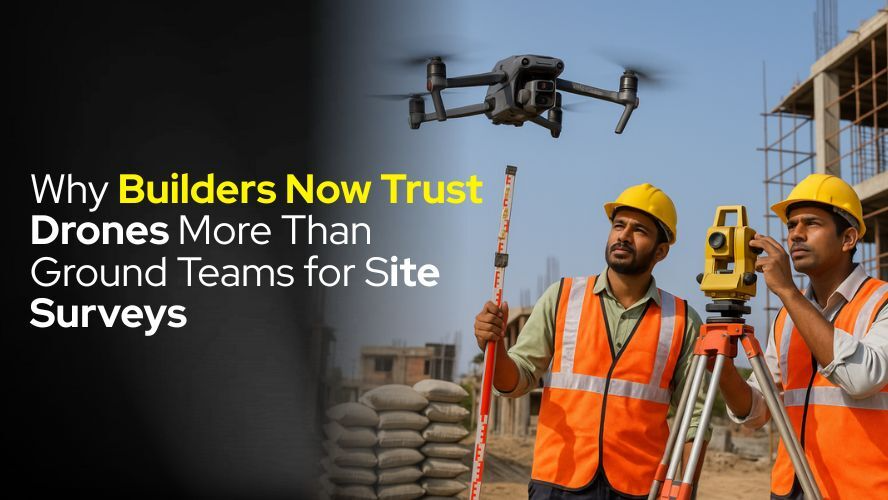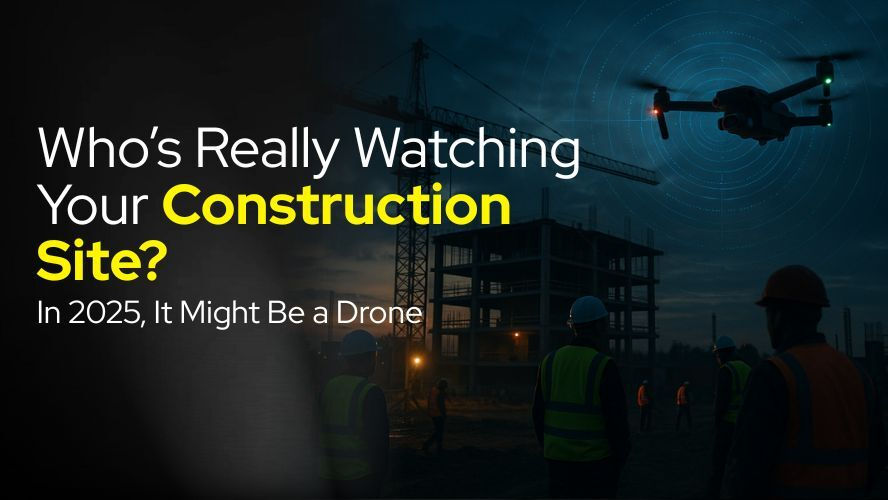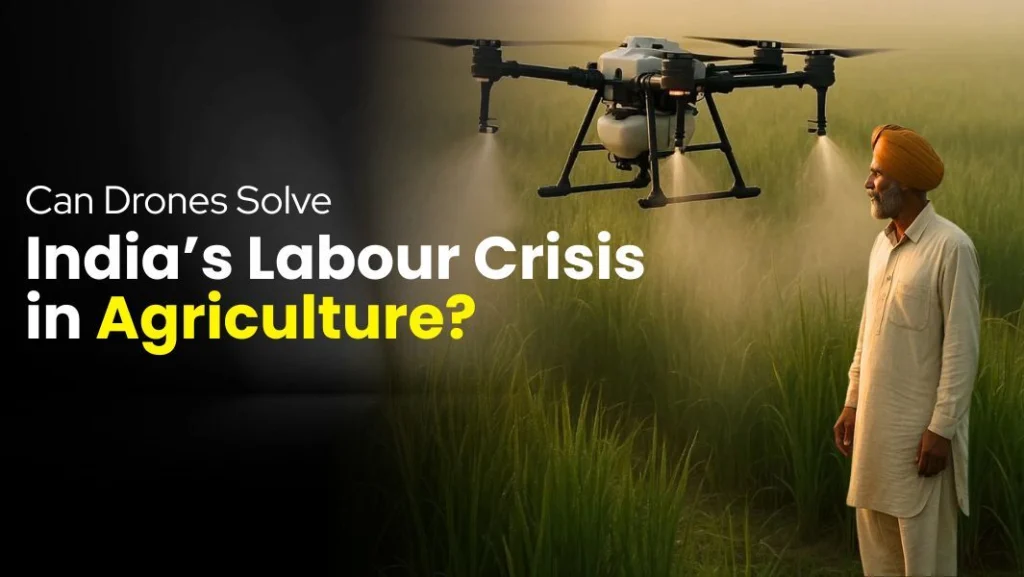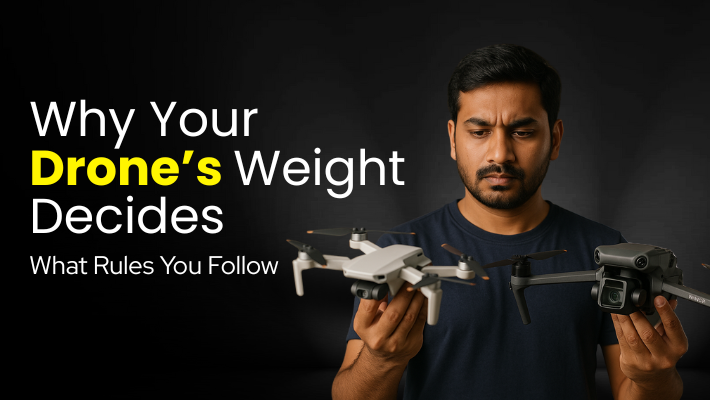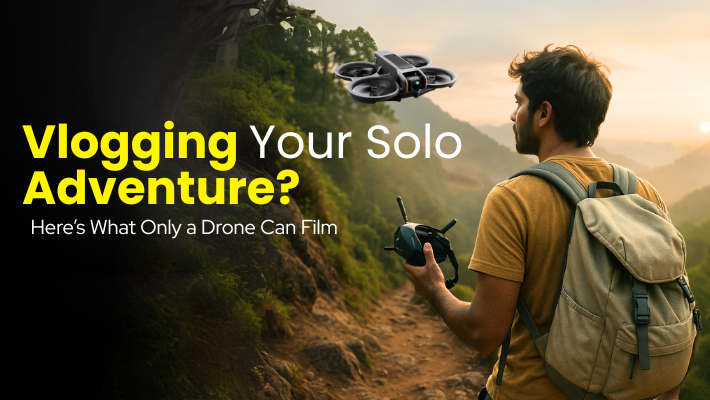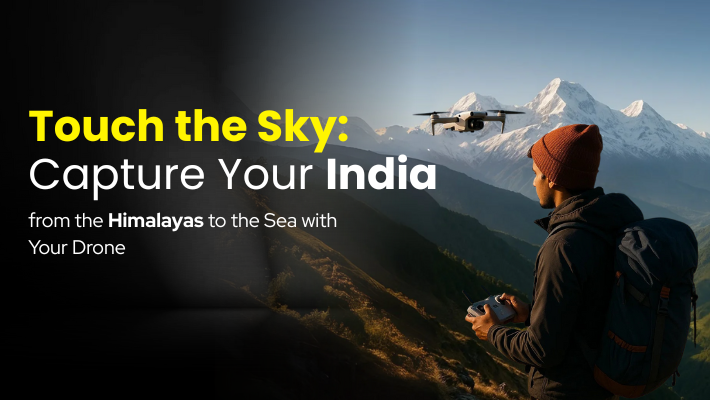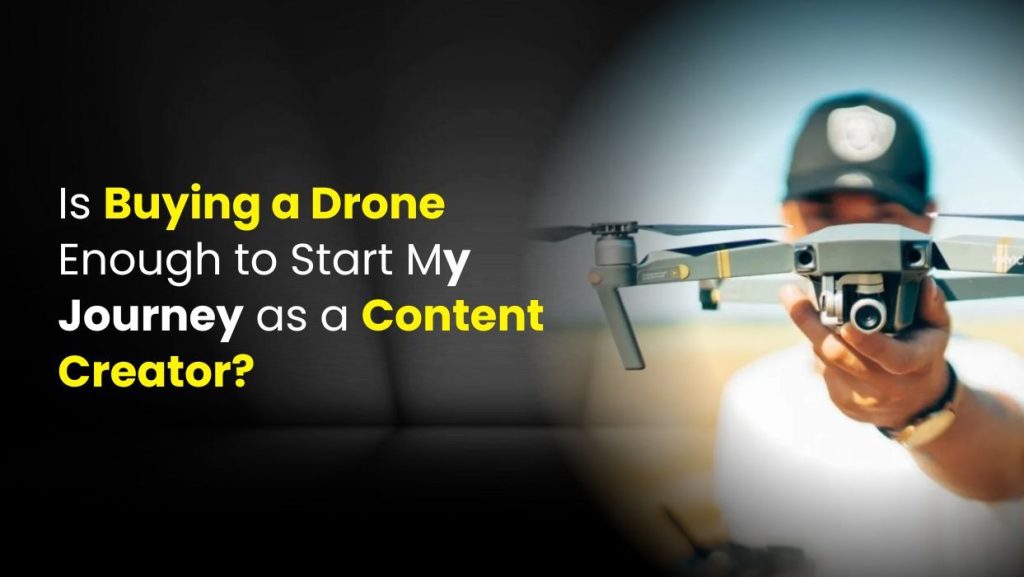Why Builders Now Trust Drones More Than Ground Teams for Site Surveys
The construction industry has witnessed a seismic shift in how site surveys are conducted. What once required weeks of manual labor and extensive ground crews can now be accomplished in hours with precision-engineered drones. This transformation isn’t just about speed—it’s about accuracy, safety, and cost-effectiveness that traditional surveying methods simply cannot match. The Traditional Site …
Why Builders Now Trust Drones More Than Ground Teams for Site Surveys Read More »

